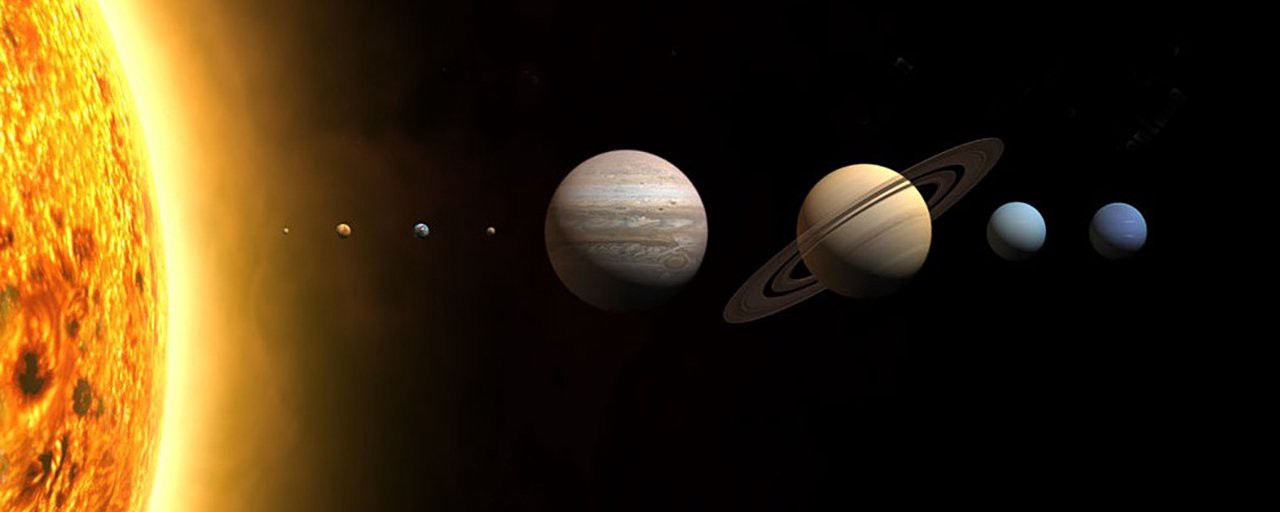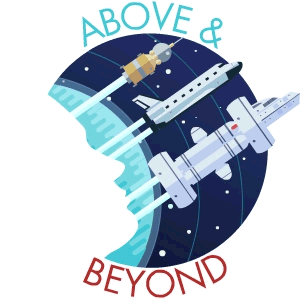

If mankind is going to survive in the long term, we’ll need to get off Earth at some point in the not-too-distant future. From gamma-ray bursts and natural or artificial epidemics, to malevolent AIs and plain ol’ climate change, there’s a massive list of existential threats to human existence. By establishing colonies on other worlds, it may be possible for the human race to live through catastrophes that could otherwise result in extinction. So where should we go? Here are the best options within our solar system.

The Moon
When we think of colonizing space, the Moon is the most obvious candidate. It’s close to Earth, has reasonable gravity, and lunar soil could be turned into several useful materials. But on the flipside, there are huge daily temperature swings, two-week-long nights, no atmosphere, and almost no water. Plus, its proximity to Earth could actually make it more vulnerable to the kinds of extinction scenarios outlined above. This might be a reasonable first step, but if we really want a proper backup for humanity then it’s probably better to skip the Moon in favor of the next option.

Mars
“If Mars were a place on Earth, no one would ever want to go there,” says Tim Urban in his fantastic but lengthy explanation of Elon Musk’s plan to put a million humans on Mars. Nonetheless, it’s likely our best bet for a human colony off Earth. There’s liquid water, the day is about the same length as at home, and gravity is pretty close to what we’re used to. Eventually, we might even be able to terraform Mars to give it a breathable atmosphere–but for at least a few generations, we’d be pretty much stuck indoors. Still, most every scientist studying the subject believes that Mars should be our first step in colonizing the rest of the Solar System.

Venus
You don’t want to hang out on the surface of Venus. Really, you don’t. The air is poisonous, atmospheric pressure is 90 times greater than on Earth, and a runaway greenhouse effect means the temperature is about 465 degrees Celsius (870 Fahrenheit) day and night. At the top of that atmosphere, though, things are a little more pleasant. There’s a layer with a temperature and pressure similar to that of Earth, and air that might even be breathable. As such, we could build floating colonies that sail through the skies at an altitude of about 30 miles. While the view would be pretty spectacular, we definitely lack the materials to build such a structure right now. Eventually, there could also be terraforming options, like on Mars.

Mercury
Spending time on Mercury means constantly surfing the “terminator,” the line between 230-degree Celsius (800 Fahrenheit) daytimes and -170-degree Celsius (-280 Fahrenheit) nights. If we wanted to put a colony on Mercury, we’d probably site it near the poles, where there’s water ice, but where it’s also freezing and eternally dark. Oh, and because of the Sun’s gravity, it’s also a pain to get to. There might eventually be small settlements on Mercury, supporting solar panel farms, but if you end up living in one then you’ll either be getting paid exceptionally well or have committed a heinously punishable crime.

Asteroid Belt
Mining asteroids is a staple of science fiction, and there’s good reason to believe that the asteroid belt could provide the resources we need to expand throughout the solar system. In terms of actually living there, though, we’d struggle. There’s almost no gravity, very little solar energy, and no protection from the Sun’s radiation. The top option in the asteroid belt would be Ceres–a dwarf planet with a surface about the size of Argentina, though it’s a bit harder to get to than Mars. A base there to coordinate robotic mining in the rest of the belt is not implausible, but definitely far beyond the potential for a Mars colony.

Outer Solar System
It takes about nine months to get to Mars. To arrive at the closest of the outer planets, Jupiter, that figure is about two years. Saturn is twice as far as that. The others, Uranus and Neptune, are farther still. Oh, and did I mention that none of those planets have any surface to speak of? Instead, we’d need to look at moons. Jupiter is massively radioactive and has a huge gravity well, so that would be hard–its distant moon Callisto is probably our greatest hope.
Saturn’s moon Enceladus is covered in ice, but we might be able to live in air pockets below its surface. The most likely candidate in the outer solar system, though, is the Saturnian moon Titan. It’s mostly uncratered, has plenty of water ice, and even has a (thick) atmosphere of nitrogen and methane. In fact, the atmosphere is so thick that a human could strap on wings and easily fly through it, though temperatures around -180 degrees Celsius (-280 Fahrenheit) would be rather off-putting for such a flight. Either way, if we’re going to live anywhere in the outer solar system, it’ll probably be here–but just not for a long time.


How We Get To Next was a magazine that explored the future of science, technology, and culture from 2014 to 2019. This article is part of our Above & Beyond section, which looks at our understanding of the universe beyond Earth. Click the logo to read more.
